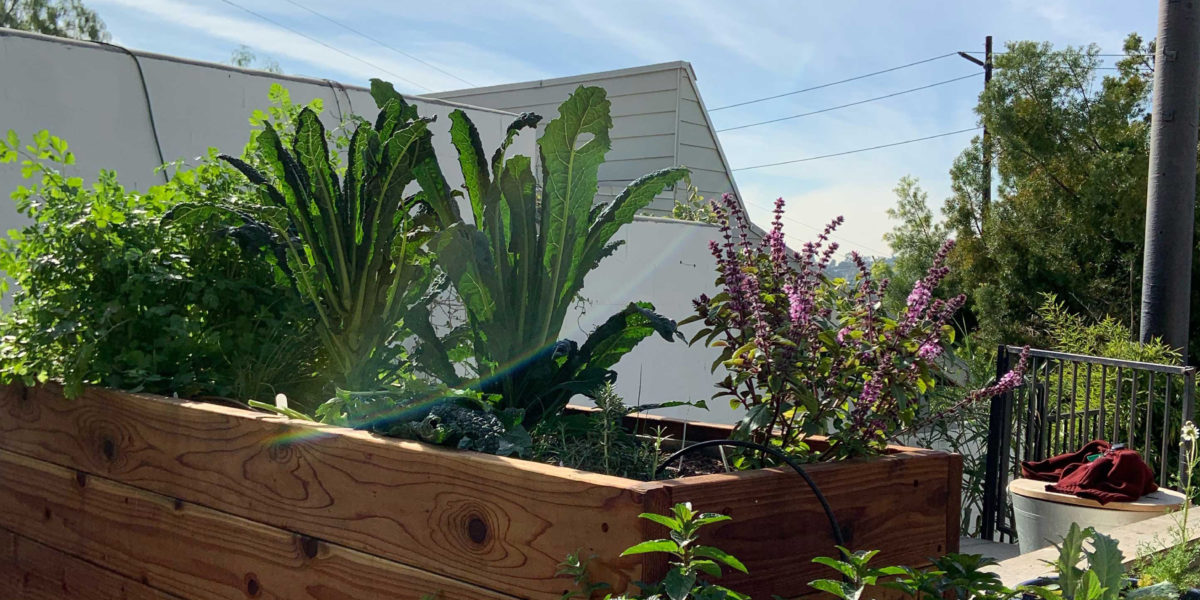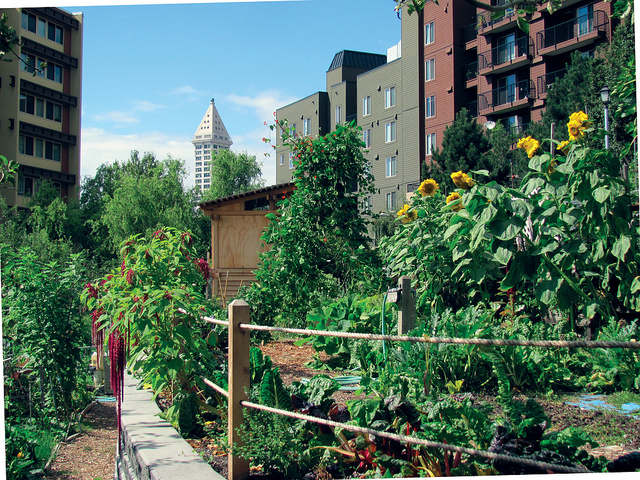Get This Report about City Blooming
Get This Report about City Blooming
Blog Article
The Of City Blooming
Table of ContentsThe City Blooming DiariesThe 5-Minute Rule for City BloomingCity Blooming Can Be Fun For Anyone3 Simple Techniques For City BloomingThe Buzz on City Blooming
Fascinated in expanding food for sale in the City of Chicago? Below is a list of often asked questions pertaining to the regulations and guidelines that farmers need to consider when intending a metropolitan farming project.
The zoning change does not change any various other codes managing composting, structure authorizations, acquiring or leasing City possessed residential property, business licenses or environmental contamination. There are existing codes that manage these concerns and they continue to be in full result and might apply to your job. Area gardens are usually owned or taken care of by public entities, civic companies or community-based organizations and maintained by volunteers.
Urban ranches expand food that is planned to be marketed, either on a not-for-profit or for-profit basis. Due to their commercial function, urban ranches call for a business license.
3 Simple Techniques For City Blooming
Composting is permitted however just for plant material that is created and used on site. The quantity of garden compost material can not surpass 25 cubic yards at any kind of offered time according to the standards in 7-28-715 of the City's Municipal Code. Yes. Since the soil at many new yard sites requires modifying, garden compost, soil, wood chips, or various other products can be acquired to create or enhance the growing space - sustainability.

If a structure permit is required after that the hoophouse will certainly be thought about an accessory building. You can figure out more concerning the structure permit requirements by calling the Division of Buildings. The 25,000-square-foot size limit is intended to prevent a single community yard from dominating a given block or interfering with the block's existing household or commercial character.
The restriction does not relate to gardens located in Public Open Space (POS) districts. Can there be even more than one community garden that is 25,000 square feet on a single block? Yes. The size limitation puts on individual yards, not to individual blocks. No. Fence is not needed, however, gardens that have large auto parking locations may be called for to set up fence or various other landscaping features.
The Facts About City Blooming Revealed
B1 & B2 areas need that all commercial use tasks be performed inside. Is secure fencing required for city ranches? Fences might be called for, along with landscaping and testing, for specific car park areas and outside job or storage space locations depending on location and the particular task taking area.
Yes. Urban ranches need structure authorizations and zoning approvals prior to building and construction. Various other forms of city evaluation might be required depending on certain frameworks, tasks, size, landscaping, licensing, public heath and stormwater administration concerns. Most of these requirements are recognized in the job style or allowing process, nonetheless, the candidate might be accountable to independently determine specific licenses or permits that may be needed.
Yes. The sort of license is identified by what is taking place at the website. The Department of Business Matters and Customer Protection can assist identify the certain kind of service license that's required. Yes. Off road parking is needed for the majority of industrial projects in Chicago. The required number of car parking areas is based upon the number view publisher site of staff members working on site and not the square footage of the expanding area.
How City Blooming can Save You Time, Stress, and Money.

Yes. A metropolitan ranch can sell compost material generated on website, however, the procedure should adhere to the laws in 7-28-715 of the Chicago Municipal Code. Yes. Aquaponic systems are enabled inside on urban ranches in many zoning districts. Nonetheless, a zoning review and structure license is needed in order to install structures or systems and a service permit is needed as described above.
Approximately five hives or colonies of honey might be kept as an accessory use. However, beekeepers need to sign up with the Illinois Department of Agriculture. For additional information regarding the recommended zoning change you might contact the Division of Real Estate and Economic Development, Bureau of Preparation and Zoning at 312.744.8563.
Farming in cities and urban locations A city ranch in Chicago. Urban farming refers to numerous methods of growing. https://www.ted.com/profiles/47172561, processing, and dispersing food in metropolitan areas. The term additionally puts on the area activities of pet husbandry, aquaculture, beekeeping, and cultivation in a city context. Urban agriculture is differentiated from peri-urban farming, which occurs in backwoods beside suburban areas.
The 4-Minute Rule for City Blooming
, that look for to develop social networks started on a shared values of nature and neighborhood holism. These networks can establish by means of official institutional assistance, coming to be incorporated into neighborhood community preparation as a "change town" movement for lasting city advancement.
The much more straight access to fresh veggie, fruit, and meat items that may be realised via urban agriculture can boost food safety and food safety while lowering food miles, causing lower greenhouse gas discharges, thereby adding to climate modification reduction. Some of the first evidence of urban agriculture comes from Mesopotamia.
Report this page